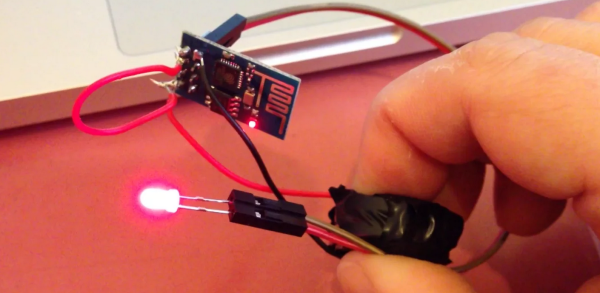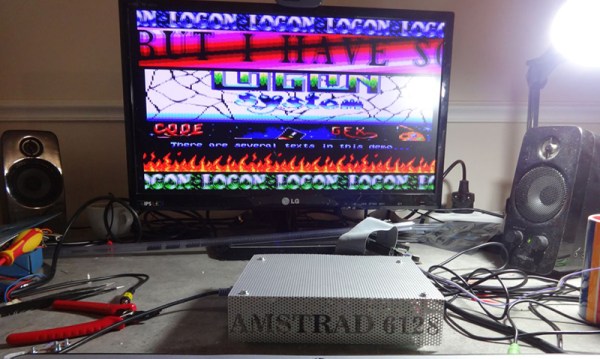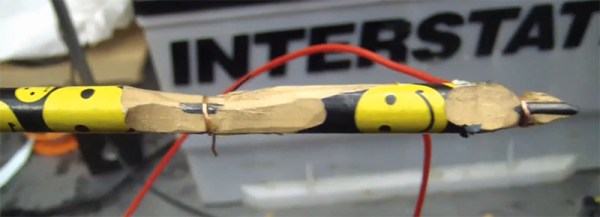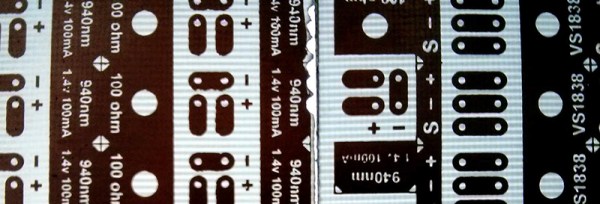Have you ever wanted to turn on or off your TV just by thinking about it? We love this hack mainly because it uses an old Star Wars Force Trainer game. You can still buy them for about $40-$80 USD online. This cool little toy was introduced in 2009 and uses a headset with electrodes, and an electroencephalography (EEG) chip. It transmits the EEG data to control a fan that blows air into a tube to “levitate” a ball, all the while being coached on by the voice of Yoda. (Geesh! Kids these days have the best toys!)
[Tinkernut] started by cracking open the headset, where he found the EEG chip made by a company called NeuroSky (talk about a frightening sounding company name). The PCB designer was kind enough to label the Tx/Rx pins on the board, so hooking it up to an Arduino was a snap. After scavenging an IR LED and receiver from an old VCR, the hardware was just about done. After a bit of coding, you can now control your TV by using the force! (Ok, by ‘force’ I mean brainwaves.) Video after the break.
Note: [Tinkernut’s] blog page should have more information available soon. In the meantime if you can find his Arduino Brain Library on github.
This isn’t the first EEG to TV interface we’ve featured. Way back in 2010 we featured a project that used an Emotiv EPOC EEG headset to turn on and off a TV. But at $400 for the headset, it was a little too expensive for the average Jedi.


















